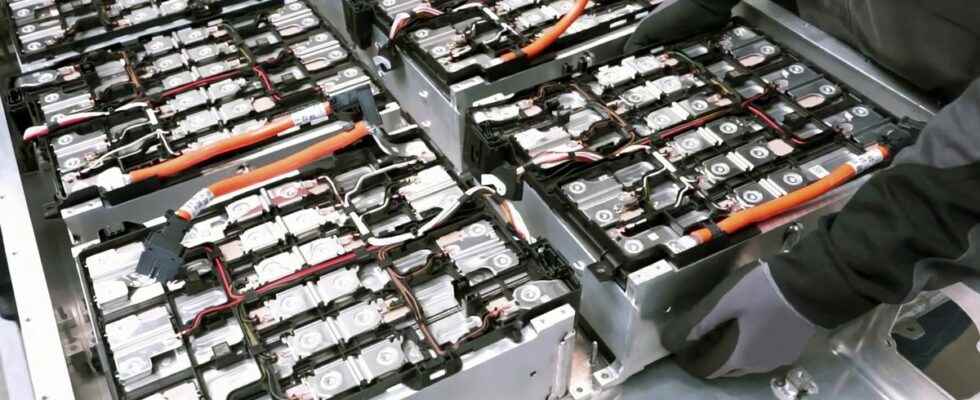Rules before the market boom. While the share of batteries produced in the European Union (EU) could jump from 3 to 25% by 2030, MEPs and Member States agreed, this Friday, December 9, 2022, on new rules governing their production and marketing. These binding measures will concern all everyday devices, from smartphones to cars, including scooters, household appliances and computers.
From 2024, a carbon footprint label will be mandatory for each battery. The batteries will bear labels and QR Codes containing information on their capacity, performance, durability, chemical composition, as well as a “separate collection” symbol. This legal information should also cover the total design, from mining to recycling.
MEPs specify that MTL batteries (electronic cigarettes, editor’s note), industrial batteries with a capacity greater than 2 kWh and EV batteries will also have to have a “digital passport” including information on the model and other specific information on its use. In 2026, sustainability and performance criteria will appear, while after 2027, only electric car batteries that do not exceed a maximum threshold can be marketed.
A non-negligible share of recycled materials after 2030
“For the first time, we have circular economy legislation that covers the whole life cycle of a product. This approach is good for both the environment and the economysaid the Italian reporter Achille Variati. We have agreed on measures that greatly benefit consumers: batteries will be more efficient, safer and easier to remove. Our overall objective is to build a stronger European recycling industry, especially for lithium, and a competitive industrial sector as a whole, which is crucial in the decades to come for the energy transition and the strategic autonomy of our continent. These measurements could become a benchmark for the entire global battery market.”
Companies including batteries in their products will also have to meet collection targets. Thus, 45% of telephone or computer batteries will have to be collected by 2023, a share which should reach 73% in 2030. For the batteries of electric bicycles, scooters and scooters, this recovery rate will have to reach at least 61% by 2031.
All batteries collected will then need to be recycled with high levels of recovery for critical components. By 2027, the processes employed should make it possible to recycle at least 90% of cobalt and nickel from batteries, as well as 50% of lithium (80% in 2031). New batteries will then have to include minimum levels of metals from this recovery, i.e. 16% cobalt and 6% lithium and nickel recycled after 2031.
The European Parliament and Council will have to formally approve the agreement before it can enter into force.
